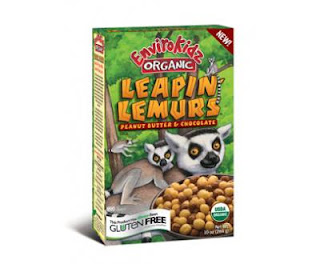Recent research has found that low carbohydrate/high fat diets will not lead to hardening of the arteries in patients.
Dr. Kerry Stewart of Johns Hopkins reported that those who lost 10 pounds after undertaking a low carb/high fat diet had no more hardening of the arteries than a dieter on a traditional low fat diet.
Presenting to the American College of Sports Medicine in Denver he said “Losing weight may be more important to health than the diet you’re on, counter to what the public has been told for the last 20 or so years,”
There has been much opposition to low carb/high fat diets over the years, with researchers often raising concerns about adverse effects on heart health and blood vessels in dieters who go on low carb diets such as the Atkins diet.
These latest studies show that low carb diets can actually have a positive effect on heart health including, lowering cholesterol and blood pressure. They also show that the diets may reduce the risk of artery diseases such as atherosclerosis, so therefore reduce the risk of heart disease.
Stewart enrolled 55 obese or overweight, but relatively healthy, patients aged between 30 and 65 to take part in a lifestyle modification program. None of the patients had heart disease, or any markers of risk to cardiovascular health.
The patients were split into two groups with one set being given a low carb diet to follow for six months and the other a low fat diet. They also had to undertake an hour of supervised exercise three days a week. Researchers then monitored the patients for arterial stiffness and various other blood vessel health measures.
The findings showed that the same number of people in each group lost 10 pounds, but those on the low carb diet lost the weight quicker; in 45 days as opposed to the 70 days it took the low fat dieters to lose 10 pounds.
Tests on the patients revealed that there were no changes in arterial stiffness in either of the diet groups, nor was there any change in endothelial functions. Even with adjustments made to take into account the different lengths of time it took to lose the weight, the results of each group were the same.
In an interview with MedPage Dr. Stewart said: “My theory is that if people can achieve weight loss, it will benefit vasculature in every other system of body. Weight loss, in the long run, will count more than the specific content of the diet.”
The research also showed that there weren’t any acute effects on vascular function after a single high fat meal. A companion study with 66 patients revealed that there were no changes in endothelial function after consuming a meal at MacDonalds that contained 900 calories and 50 grams of fat. Conversely, it was discovered that arterial stiffness improved by 16% after consuming the meal. Of this finding Steward remarked: “It really seemed to make the arteries relax more, but we’re not entirely sure how. We’ll have to look more deeply into that.”
Other researchers have asked for longer-term follow up research, and for analysis to be included of the effects of different types of fat.
Steward promised that he would look at future analysis breaking down the types of fat consumed and assured people that the dieticians involved in the initial study had advised patients to stick to healthier fats such as monounsaturated fats and omega-3 fatty acids
He also added that this research should help put aside doctors and dieters concerns about low carb diets.
Michael Nace is a low carb blogger for Linda’s Diet Delites, a leading online retailer of the finest low carb foods!






